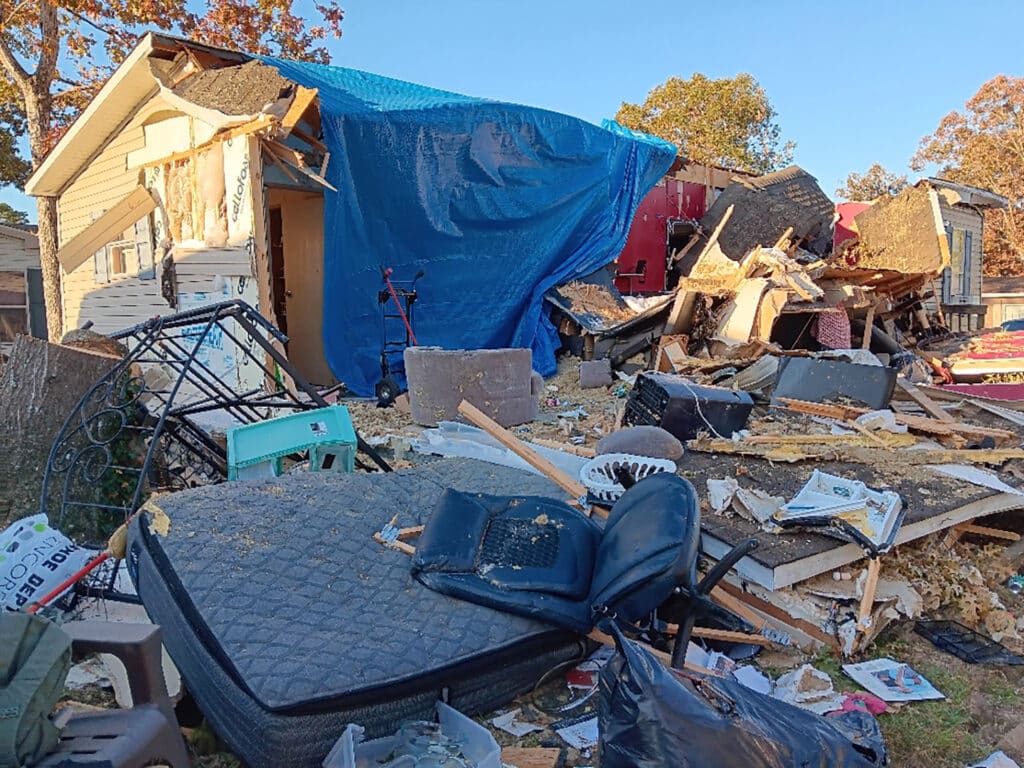I love wild places. The relative silence of a remote location restores me as few things do and I try to find such a place a couple of times a year. No apologies for that. God does declare himself in what he has made and humbles me when I consider the subtlety and majesty of his things. In untamed things I also see sin in its rawest state. Parasites and predators, disease and rot are intermingled with the most idyllic scenes. For me, the gospel is there in creation glorious, masked, and frustrated.
God’s glory is also manifest in the places built by men. Tammi and I recently visited two national parks in Utah?a land where towns and asphalt are often within sight of heights and canyons rarely touched by humans. We loved the view and experience of God’s dramatic architecture. But we also visited briefly a man-made wonder that seemed coldly functional by comparison yet magnificent in its own right.
Hoover Dam’s 2,080-megawatt capacity provides power to a huge area of the Southwest. It additionally collects water equivalent to the two-year flow of the Colorado River so that people can live, even prosper, in the arid country without feeling so deeply the effects of drought and flooding. The engineering feat itself is a marvel of creativity and industry. The project required 7,000 workers and about 200 engineers. The dam is 660 feet thick at its base and by the time it had risen to its full height it required 4.5 million cubic yards of concrete. The strength and stresses required to hold back that much water are beyond my imagination. Looking at it from a dizzying height, I could see that the river gorge must have been a real sight before the dam was built. It still is an impressive vista, but now the depth of the canyon and the power of the river are domesticated for the use of millions.
We might thoughtlessly decry the concrete, power lines, asphalt and infrastructure that mar the wild beauty of the Colorado, but we’d be foolish to do so. In fact you could go to the Grand Canyon to see that same river untamed, and you’d be using electricity in the gift shop there that was generated at Hoover Dam. The enormous concrete barrier is also God’s work, done through the earth’s caretaker.
God’s charge to Adam in Genesis 1:28 was to “fill the earth and subdue it.” In doing this, the man and his offspring would continue, participate in the creative work of God. That charge was made more difficult but not revoked after the fall of man. The building of canals and dams and harbors and weatherproof homes seems very much in keeping with the command to subdue the earth, especially an earth twisted by sin and sometimes determined to kill mankind.
I’m deeply grateful for state and national parks that keep more or less wild areas for our recreation. Those who provided and protect these areas have enriched our lives. But I’m grateful for the highway system that gets me where I need to be, for the builders who make places for us to work, live, and do business. Yes, we have abused creation in some ways and yes, God takes that seriously. But I must remind myself often that the subjection of creation is not, by definition, abuse. There can be a different kind of beauty when the wild potential of creation is harnessed for the well-being of Adam’s kin.
Where I live, I usually have to travel a bit to perceive the wonder of wild creation; nice as they are, the green belts of our city rarely capture my imagination. But I am daily, literally as I write this, surrounded by works done by creation’s steward to make North Texas habitable and orderly. Who can deny that we need those things? And if you’ll consider the skill amassed over the course of centuries that allows us to raise buildings visible for 20 miles or climate-controlled sports arenas that can hold 100,000 (mostly seated) fans, it’s clear that even masked by sin, mankind has been given amazing potential by the Master Creator.
For me, this reverie is an attitude adjustment I find necessary after spending time among stunning natural wonders. Rightly, we cannot despise the workaday wonders of our cities and towns. Imperfect as they are, those manmade orderings of creation can also proclaim the glory of God revealed through those who bear his image.














